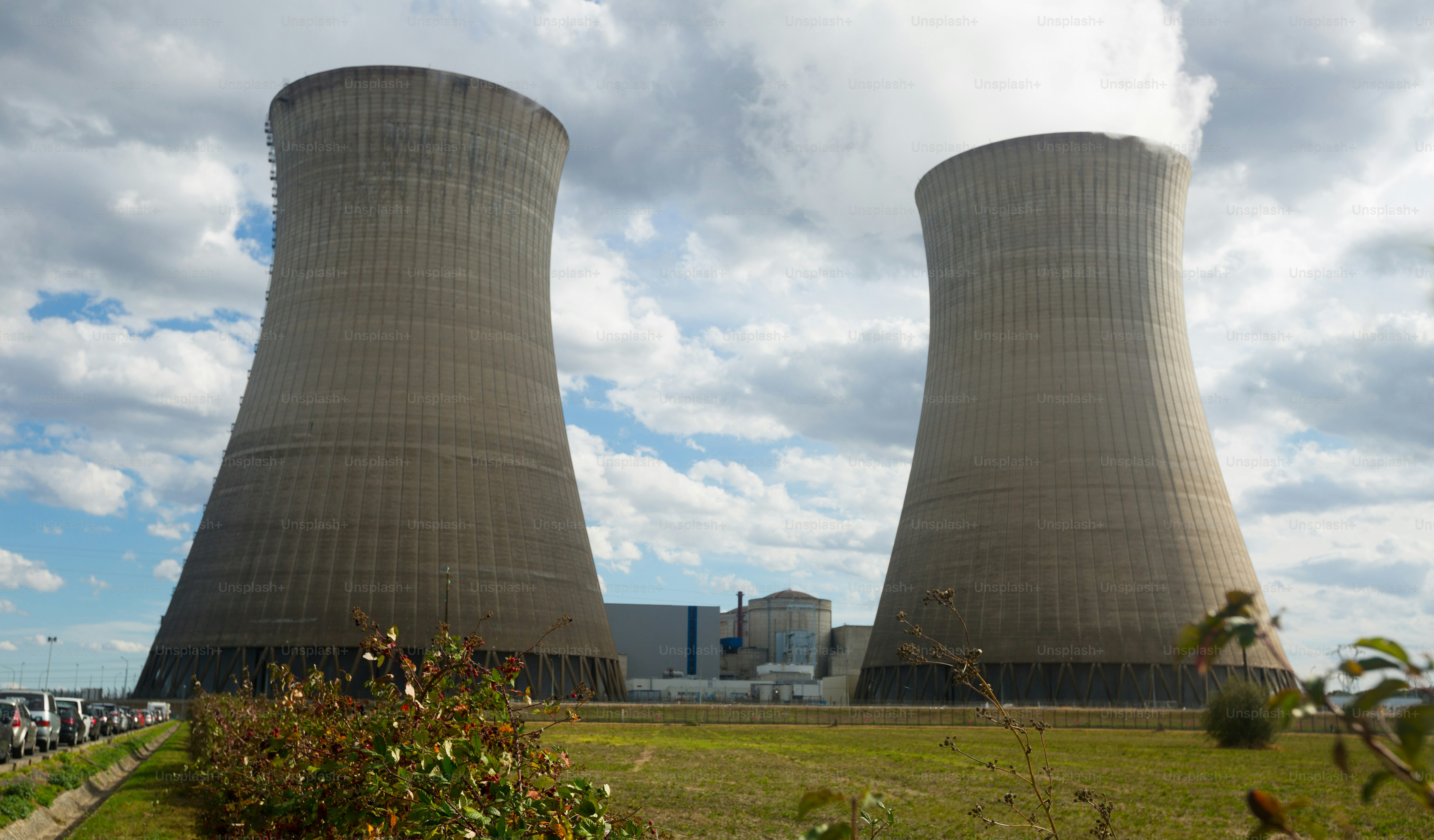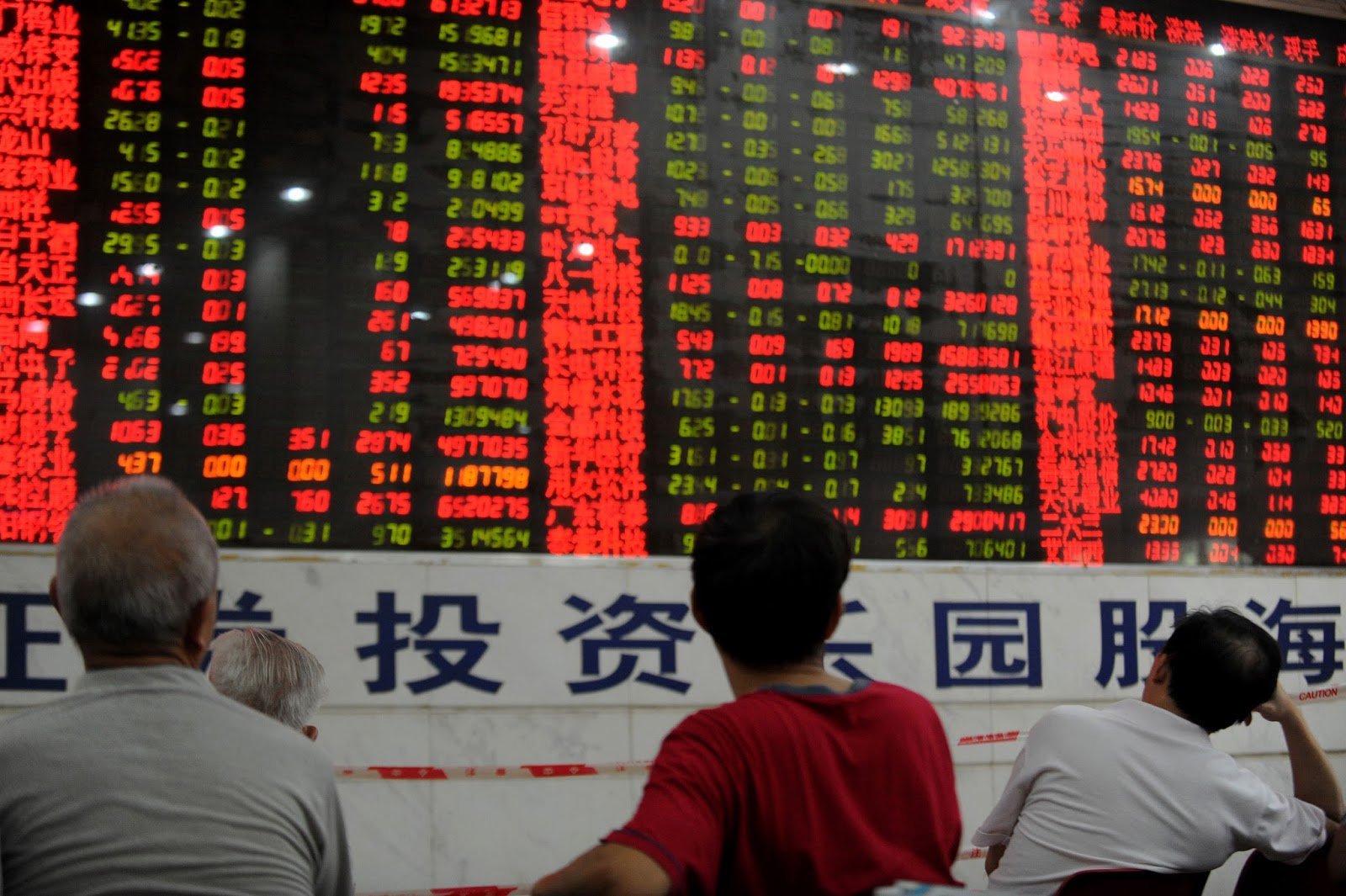Folks, let’s cut through the noise. The US military launched a series of intense airstrikes on Yemen’s capital, Sanaa, and the Saada city in the Saada province overnight. This isn’t a surprise, given the escalating tensions, but it is a significant escalation. Initial reports from the Houthi-controlled Saba News Agency indicate at least three injuries in Sanaa.
Photo source:www.washingtonpost.com
Furthermore, five additional strikes hammered areas surrounding Saada city. This is a clear message – a forceful one – demonstrating the US commitment to… well, that’s where things get murky, isn’t it? Is it about protecting shipping lanes? Deterring Iranian influence? Or something else entirely? The official narrative is always a carefully constructed thing.
Let’s quickly break down why this matters beyond the immediate headlines:
Understanding the Houthi Movement: The Houthis are a Zaidi Shia Muslim group from northern Yemen. They’ve been in conflict with the Yemeni government, backed by a Saudi-led coalition, for years. Their current actions in the Red Sea are directly impacting global trade.
The Red Sea’s Strategic Importance: This waterway is a crucial chokepoint for international shipping, especially oil and gas. Disruptions here send ripples through global energy markets, meaning higher prices at the pump for you.
Geopolitical Implications: Yemen is a proxy battlefield. The US involvement signals deeper entanglement in a complex regional power struggle, primarily between Saudi Arabia and Iran. We’ve seen this movie before, and it rarely ends well.
Escalation Risks: Every strike increases the risk of a wider conflict, potentially drawing in other regional actors. This isn’t just about Yemen anymore; it’s about the stability of the entire Middle East. We have to pay close attention.
For now, the situation remains incredibly fluid. Expect further volatility in markets and a continued barrage of political rhetoric. Stay tuned – this is one to watch closely.






